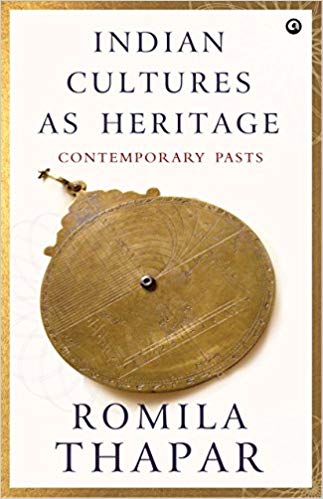Where does culture live? In the past, or the present? In stony monuments, in hallowed museums and temples and mosques, in laws and codes, or in homes and on the streets, in sights and sounds and assumptions so often taken for granted? Is it everywhere we have touched with the ways in which we live, and the ways in which we imagine our collective lives?
Clearly it doesn’t help that culture, despite its alleged roots, is on the move all the time; or that it travels with a couple of equally restless and many-faced companions. History is one; heritage is another. (There is civilization too, hanging over our travellers like a cloud heavy with rain. But we will keep our eyes on the ground for now. For those who are not particular about truth, or are enslaved by a politically expedient narrative, all three—history, culture and heritage—can be reduced to one dominant, authoritative narrative. It’s happened before, in other places and times, to other people. But we are most concerned with the world we live in, with the India, or Indias, we live in. We live in times when Indian culture has become a battlefield, with the object of capitalizing the ‘I’ and the ‘C’ and distorting an already lopsided dominant narrative of culture. What does this do to the concept, voice and identity of culture? Culture becomes even more singular; it excludes more and more people. This unfriendly beast on the prowl today, everywhere from universities and courts and government to cinema halls and art galleries and television and streets and the Internet; it is afraid of diversity, of contestation, of intersections and collusions. This Indian Culture is a fabricated ‘Hindu’ culture which has, at best, tiny token spaces for Dalits, Adivasis, Muslims, Christians, women. And with the friendship between Hindutva and global neo-liberalism, the working class lives in an even smaller place in the grand new scheme of India Rising.
Most of all, this beast can only breathe freely if there is as little freedom as possible to ask questions. Dissent, scholarship, and the mere asking of questions, the great method available to humans to understand who we are and why we are as we are—all these are anathema to the new guardians of Indian Culture.

